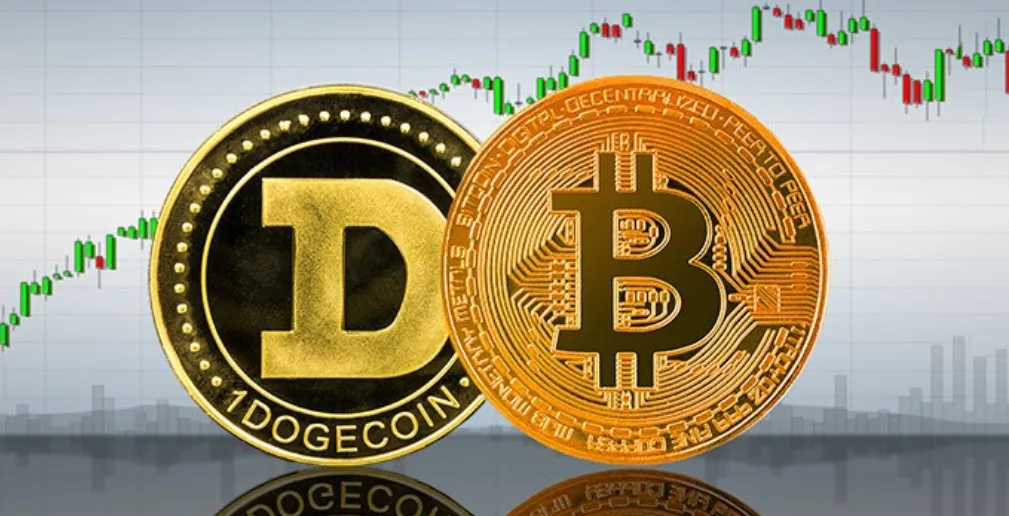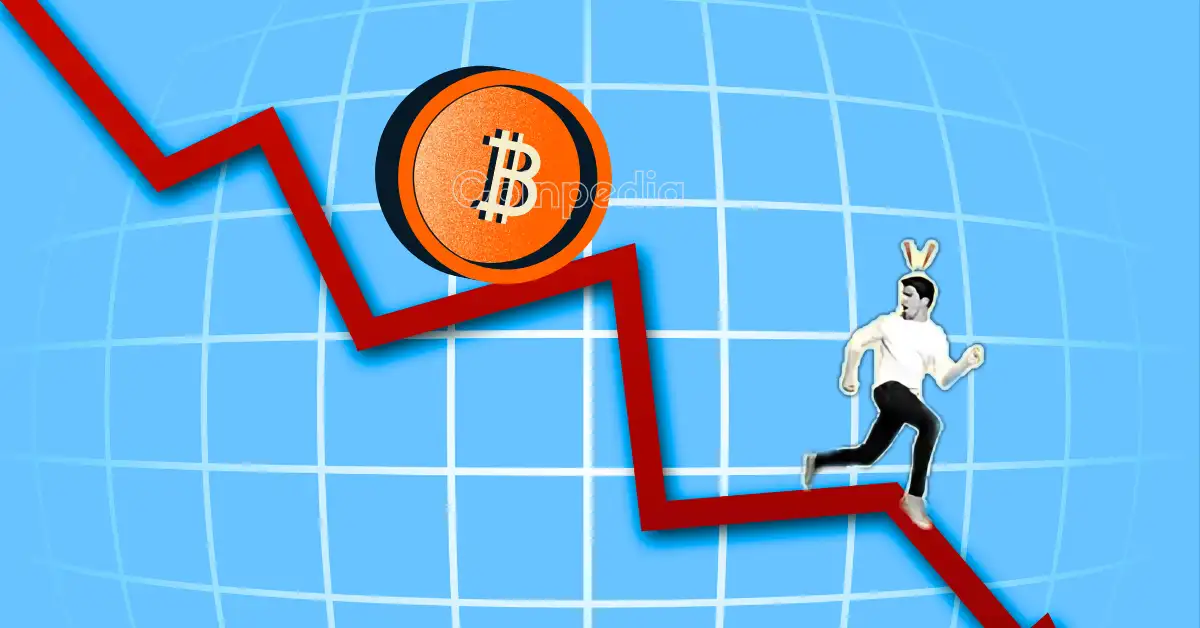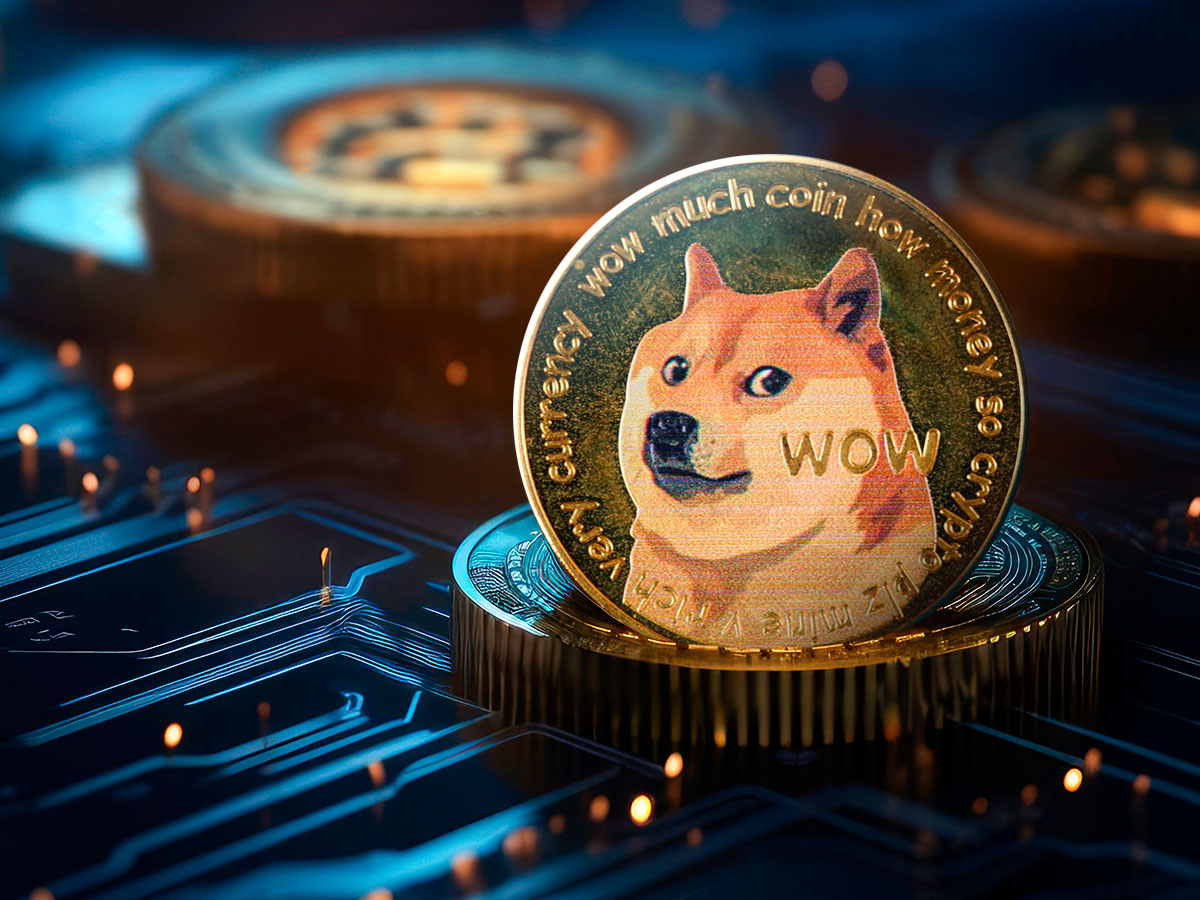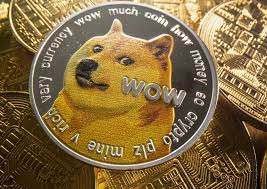
Dogecoin vs. Bitcoin: A Comprehensive Comparison
Introduction
In the digital currency realm, Dogecoin and Bitcoin emerge as two prominent choices, each serving distinct purposes. Bitcoin, the crypto pioneer, enjoys a reputation as a reliable investment with a proven track record. Dogecoin, initially conceived as a playful joke, has garnered attention for its rapid transactions and vibrant community. Understanding the differences between these two cryptocurrencies is crucial for investors considering digital currency investments.
History and Origin
Bitcoin
Created in 2008 and launched in 2009, Bitcoin remains an enigma behind the alias Satoshi Nakamoto. The genesis of cryptocurrency, Bitcoin sought to establish a decentralized monetary system independent of banks. Its blockchain technology fueled secure, peer-to-peer transactions. Bitcoin's scarcity, capped at 21 million coins, cemented its status as "digital gold," attracting investors seeking alternative assets.
Dogecoin
In December 2013, software engineers Billy Markus and Jackson Palmer introduced Dogecoin as a fun and lighthearted addition to the crypto space. Inspired by the popular "Doge" meme, Dogecoin symbolized a sense of community and humor. Despite its playful origins, Dogecoin fostered a strong community focused on charitable efforts and online tips. Its low transaction fees and inflationary supply differed significantly from Bitcoin, appealing to users seeking accessible entry into the crypto market.
Blockchain Fundamentals
Understanding Blockchain Technology
Blockchain, the backbone of cryptocurrencies, represents a decentralized digital ledger that records transactions across multiple computers. This decentralized nature prevents any single entity from controlling the data. Transactions are grouped into blocks, each linked to the previous one, forming an unbreakable chain.
Key Blockchain Features
- Decentralization: No central authority governs the data.
- Transparency: Transactions are visible to all network participants.
- Security: Cryptographic techniques protect data integrity.
Proof-of-Work and Mining
Proof-of-Work (PoW) is a crucial consensus mechanism for Bitcoin's operation. It requires miners to solve complex mathematical puzzles to validate transactions. This process ensures the verification of transactions and the creation of new blocks on the blockchain.
Economic Factors
Market Capitalization and Liquidity
Market capitalization refers to the total value of a cryptocurrency in the market. Bitcoin's massive market cap makes it a formidable force, attracting institutional investors. Dogecoin's smaller market cap affects its liquidity, potentially leading to price volatility.
Supply and Scarcity
Bitcoin's finite supply, with a limit of 21 million coins, creates scarcity. This scarcity drives demand and increases its potential value. Dogecoin's unlimited supply, with over 147 billion coins currently in circulation and more added yearly, fosters price fluctuations and limits its appeal for investors seeking scarcity.
Technical Comparison
Transaction Mechanisms and Speed
Bitcoin's PoW system requires complex problem-solving, resulting in slower transaction times (approximately 7 transactions per second). Dogecoin's PoW system is designed for faster block generation, enabling speeds of around 33 transactions per second with lower fees.
Scalability and Energy Consumption
Bitcoin's limited TPS and network congestion hinder scalability. Dogecoin's faster block times and lower fees enhance scalability. Additionally, Bitcoin's energy-intensive mining process contrasts with Dogecoin's relatively lower energy consumption.
Investment Perspective
Risk and Volatility
Bitcoin's established reputation and substantial market cap mitigate its risk profile in comparison to Dogecoin. However, Bitcoin has experienced significant price swings. Dogecoin, known for its high volatility, can be influenced by social media trends and market sentiment, posing higher risks for investors.
Investment Prospects
Bitcoin's scarcity and institutional adoption augment its appeal as a store of value and drive long-term price stability. Dogecoin, with its inflationary supply, is primarily viewed as a speculative asset rather than a reliable investment choice. Bitcoin remains the preferred choice for long-term value-oriented investors.
Community and Culture
Influence of Public Figures
Elon Musk's support has significantly impacted Dogecoin's popularity among younger demographics. Bitcoin attracts individuals from finance and technology sectors, fostering a more investment-centric discourse.
User Communities
Dogecoin's lighthearted and fun-loving community contributes to charitable initiatives. Bitcoin's community emphasizes financial technology and investment strategies, attracting serious investors and institutions.
Legal and Regulatory Environment
Governmental Oversight
Both Dogecoin and Bitcoin operate in a decentralized manner, posing challenges for regulators. Governments worldwide are implementing regulations for cryptocurrencies. North America scrutinizes Dogecoin due to its surge in popularity.
Impact on Adoption
Clear regulations encourage adoption and prevent legal concerns. However, strict regulations can hinder market entry for new users. The decentralized nature of cryptocurrencies necessitates adaptable regulatory frameworks. Compliance is essential for exchanges operating with these assets.
Future Outlook
Technological Innovations
Both Dogecoin and Bitcoin explore new technologies to enhance their transactions and address scalability. Bitcoin aims to improve transaction speeds, while Dogecoin focuses on microtransactions with lower fees.
Market Predictions
Experts predict Bitcoin's dominance will continue with potential for further growth. Dogecoin's popularity and community support may foster sustained growth and increased practical applications. Technological advancements and market dynamics will shape the future of both cryptocurrencies.
Comparative Analysis
Practical Usage Scenarios
Bitcoin excels in large transactions and investments, while its price fluctuations attract traders. Dogecoin's lower fees and faster processing times make it suitable for smaller investments, charitable efforts, and online tips.
Frequently Asked Questions
Key Differences between Dogecoin and Bitcoin
Dogecoin's unlimited supply contrasts with Bitcoin's capped supply. Initially, Dogecoin was created as a playful joke, while Bitcoin established itself as a digital gold.
Investment Potential
Bitcoin's stability and adoption make it a more reliable investment choice. Dogecoin's volatility and speculative nature require investors to weigh the risks.
Transaction Speeds and Fees
Dogecoin transactions finalize within approximately one minute, while Bitcoin transactions can take longer. Dogecoin's transaction fees are generally lower than Bitcoin's.
Market Capitalization
Bitcoin's market cap is significantly larger than Dogecoin's, indicating its established dominance in the crypto market.
Mining Processes
Bitcoin's PoW mining requires specialized hardware, while Dogecoin's PoW mining offers greater accessibility for individuals.


 CoinPedia News
CoinPedia News CoinPedia News
CoinPedia News CoinPedia News
CoinPedia News suncrypto.in
suncrypto.in TheCoinrise Media
TheCoinrise Media CoinPedia News
CoinPedia News BH NEWS
BH NEWS Optimisus
Optimisus DogeHome
DogeHome






















